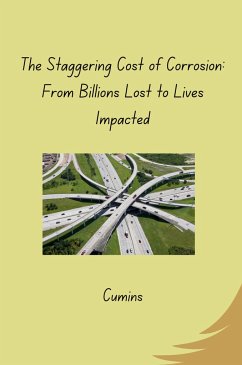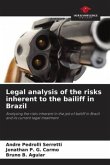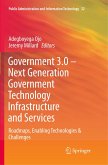The numbers associated with corrosion are staggering. A 2016 study by the National Bureau of Standards and Technology (NBS) estimated the global annual cost of corrosion at a staggering $2.5 trillion. That translates to roughly 3.4% of global GDP, a figure that could be used to fund vital social programs or infrastructure upgrades. Broken down by sector, the picture is even more alarming. Industries like transportation, utilities, and manufacturing bear the brunt of the burden. Corroded bridges require costly repairs or replacement, jeopardizing transportation networks. Leaky pipelines lead to lost product and environmental damage.Beyond the Bottom Line: Safety Concerns (200 words)The impact of corrosion extends far beyond economic losses. When left unchecked, it can pose a serious threat to public safety. Bridges weakened by rust risk collapse, as tragically demonstrated by the 1980 collapse of the Silver Bridge in West Virginia, which claimed 46 lives. Corroded pipelines carrying hazardous materials like natural gas can rupture, leading to explosions and fires. Even seemingly insignificant instances of corrosion can have dire consequences. A rusted brake line on a car can lead to a catastrophic accident.
Bitte wählen Sie Ihr Anliegen aus.
Rechnungen
Retourenschein anfordern
Bestellstatus
Storno









